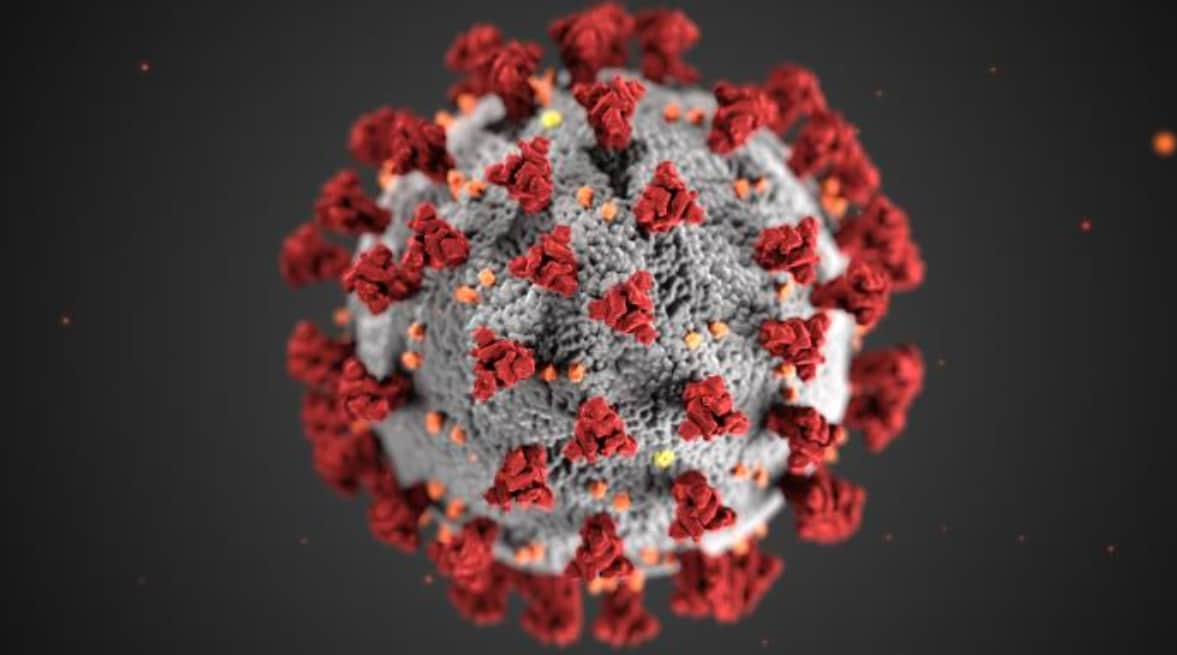What to know
- COVID-19 activity continues to increase in many parts of the country.
- KP.3.1.1, of the Omicron family, is now the predominant SARS-CoV-2 variant circulating in the United States, having overtaken its parent linage KP.3 and previous KP.2 variants.
- KP.3.1.1 is the only major variant increasing in proportion nationally.

Summary
What CDC knows
COVID-19 no longer causes severe illness on the scale it once did, but the virus is likely to be with us a long time, and CDC continues to track how it is changing and what that might mean for our health. Variants of SARS-CoV-2, the virus that causes COVID-19, continue to emerge in the United States, and KP.3.1.1 is currently estimated to be the predominant variant. Across many parts of the country COVID-19 activity continues to increase.
What CDC is doing
CDC continues to closely track variants of the virus that causes COVID-19. CDC recommends the COVID-19 vaccine for all people ages 6 months and older to protect against serious illness from COVID-19. CDC has recommended the updated 2024–2025 COVID-19 vaccines, once authorized or approved by FDA, to protect against severe disease this fall and winter.
KP.3.1.1 is the predominant variant as COVID-19 activity increases
KP.3.1.1, of the Omicron family, is the predominant SARS-CoV-2 variant among many currently co-circulating JN.1-derived variants in the United States.
For the two-week period ending August 17, KP.3.1.1 is predicted to account for between 31% and 43% of COVID-19 clinical specimens, compared to between 20% and 26% for the two-week period ending August 3.
Since the end of March, KP.3 lineage viruses have been rising, and in early June, they overtook KP.2 as the dominant variants. Recently, KP.3.1.1, an offshoot from within the KP.3 family, has overtaken KP.3 and is currently the only major variant increasing in proportion nationally.
The rise in prevalence of KP.3.1.1 comes as markers of COVID-19 activity, including test positivity, emergency department visits, and hospitalizations, remain elevated, particularly among adults ages 65 years and older and children younger than 2 years.
The virus that causes COVID-19 evolves constantly
SARS-CoV-2, the virus that causes COVID-19, is constantly changing, with mutations in its genetic code accumulating over time. Some variants emerge and disappear, while others will emerge and continue to spread and may replace previous variants.
New variants of SARS-CoV-2 are expected to continue to emerge. CDC closely tracks the numerous variants of the virus that causes COVID-19 in the United States and globally. Our teams use multiple sources of genomic data from CDC, public health laboratories, and commercial diagnostic laboratories, to identify and monitor the spread of variants. Through detection and tracking of new variants, CDC is able to support outbreak preparedness and prevention efforts.
Again, KP.3.1.1 descended from KP.3, which descended from the Omicron family. Since the original Omicron variant first emerged in the fall of 2021, Omicron offshoots such as BA.5 and XBB.1.5 have become predominant and then subsequently replaced by other variants in the Omicron family.
COVID-19 activity remains elevated
Early indicators such as test positivity rose to 18.3% for the week ending August 10, from 17.9% the week before. Emergency department visits diagnosed as COVID-19 have been rising since mid-May, initially in the West and now with the South and Southeast showing the highest levels. The wastewater viral activity level for COVID-19 has been rising since mid-May and is currently very high across most parts of the country.
Hospitalizations due to COVID-19, an indication of disease severity, have also been rising, albeit modestly. For the week ending July 27, the hospitalization rate was 4.0 per 100,000 people, compared to 3.3 per 100,000 people the week prior.
Being up to date with the COVID-19 vaccine can protect you
CDC recommends COVID-19 vaccines for all people ages 6 months and older to protect against serious illness from COVID-19. People who are up-to-date on vaccination have lower risk of severe illness, hospitalization, and death from COVID-19 than people who are unvaccinated or who have not received the recommended doses.
Updated COVID-19 vaccines that can provide protection during the 2024–2025 respiratory virus season will be available in the fall. Until then, those who have never been vaccinated, or are eligible for another dose, like adults ages 65 years and older and people with weakened immune systems, can talk to their healthcare provider about the currently available 2023–2024 COVID-19 vaccine.
People considering getting a 2023-2024 vaccine this year should talk with their healthcare provider to determine if this would delay their ability to get the updated 2024-2025 vaccine. For people ages 65 years and older and people with weakened immune systems, a several-month gap between vaccine doses may be recommended. CDC does not expect any major changes to this recommendation for the time between a 2023-2024 COVID-19 vaccine and a 2024-2025 COVID-19 vaccine but is awaiting guidance from the FDA. CDC has recommended the updated 2024–2025 COVID-19 vaccines, once authorized or approved by FDA, to protect against severe disease this fall and winter.
